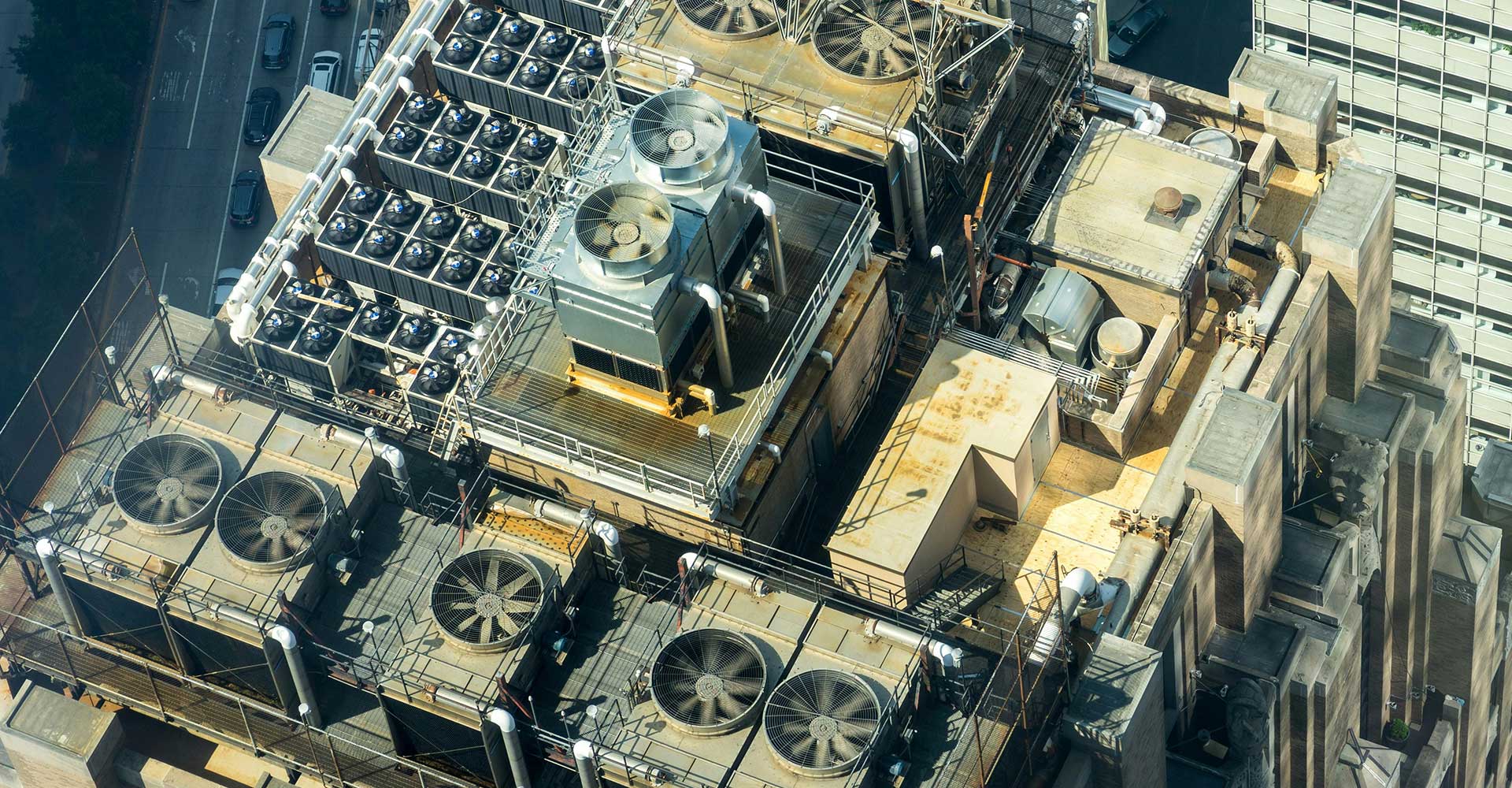We’ve seen a housing market explode over the past couple years, with soaring rents and buyers opting out of typical due diligence and even buying homes sight unseen. The commercial real estate market, on the other hand, slowed — with CRE construction collapsing in 2020 for a variety of reasons.
But some experts believe that 2021’s booming residential housing market will ignite a similar boom in CRE construction, even with rising construction costs. The American Institute of Architects’ Architecture Billings Index — which measures nonresidential construction activity — has seen steady growth for the past 11 months. Its lead time is three to four quarters, so an expanding index indicates surging construction about a year later. Based on this index, CRE construction should begin accelerating in 2022.
There are, however, some potential challenges that could affect both investment in CRE construction and the construction itself: interest-rate hikes, higher interest rates on loans eating into a CRE property’s anticipated income, and surging costs (up about 13% from 2021).
Lumber Prices: Soaring Again in 2022
In Q3 and Q4 2021, lumber prices stabilized after peaking in May 2021 at over $1,600 per thousand board feet. Prices plummeted a few months later to about $600 per thousand board feet — a cost much closer to pre-pandemic levels. But then between November 2021 and January 2022, prices once again climbed over $1,000, and it’s been a rollercoaster ride ever since.
Factors driving prices up include environmental issues in Canada. The country saw several major storms in late 2021 and early 2022. Supply chains in the West, including British Columbia, were affected by heavy rains and flooding.
West Fraser Timber Co. Ltd., for example, reported as much as a 30% drop in its weekly shipments. This Canadian-based forestry company’s challenges contributed to a ripple effect of supply shortages in the U.S., which relies on Canadian forests and lumber mills to supply over 25% of its lumber.
Canada has also been fighting with a mountain pine beetle infestation since the 1990s. According to the Canadian Forest Service, these beetles have resulted in the loss of over 750 million cubic tons of pine wood.
Also driving up lumber imports? Increased tariffs on Canadian lumber imports into the U.S., which increased to 17.99% last November— more than double the previous rate. Ken Simonson, chief economist for the Associated General Contractors of America, said “A doubling of this tariff will only prolong the extreme price increases that have hit lumber repeatedly over the past 18 months.”
American lumber producers, however, believe these tariffs will lead to increased production at home. Jason Brochu, chairman of the U.S. Lumber Coalition said, “The U.S. Lumber Coalition strongly urges the Administration to continue full trade law enforcement. More U.S. lumber being produced in America to meet domestic demand is a direct result of the enforcement. A level playing field is critical to the continued investment and growth of the domestic lumber industry and its hundreds of thousands of workers and thousands of communities across the United States.”
New and Established Construction Projects Affected
Fluctuating costs of raw materials makes it difficult to determine the actual value of commercial property — and increasing the complexity of securing a wise investment. Not only have lumber prices increased, so have the costs of diesel fuel, steel metal sections, aluminum products, and other raw materials. It’s not just Canadian lumber imports that have seen increased tariffs, either.
So what does this mean?
- Construction firms rely on materials and labor — increased costs in both lead to smaller profit margins.
- Construction personnel working on commercial buildings earn, on average, $6 more per hour than those working on residential buildings. An already struggling labor market means companies must pay a premium to attract employees — another cost eating away at profits but also a factor behind the increase in construction costs as firms pass those expenses onto their clients.
- Increased building costs have led to higher rental prices at existing buildings, driving their value up as demand outpaces supply, especially with warehouse space.
Other effects of higher construction costs — and higher land costs as well — include lower profit margins on renovations and new development, project budget overruns and/or delays, increased rents and appreciation for existing buildings, and reduced development pipelines.
“The Biden administration’s $1.2 trillion infrastructure plan will direct billions of dollars toward clean air, water, and transit infrastructure, which may impact both material and labor costs nationwide. Construction costs could moderate as production and supply chain disruptions ease,” said Tim Wang, Managing Director and Head of Investment Research at Clarion.
Ultimately, however, surging construction costs may have a silver lining for the CRE industry. Rising replacement costs and modest development pipelines may boost the value of existing assets, especially if demand continues to outpace supply. Landlords will be able to pass inflationary rent increases on to their tenants. And unlike the commercial residential housing industry, where most tenants cannot absorb significant rent increases, rent tends to be a smaller portion of commercial tenants’ operational expenses.
Are you a commercial real estate investor or looking for a specific property to meet your company’s needs? We invite you to talk to the professionals at CREA United: an organization of CRE professionals from 81 firms representing all disciplines within the CRE industry, from brokers to subcontractors, financial services to security systems, interior designers to architects, movers to IT, and more.

